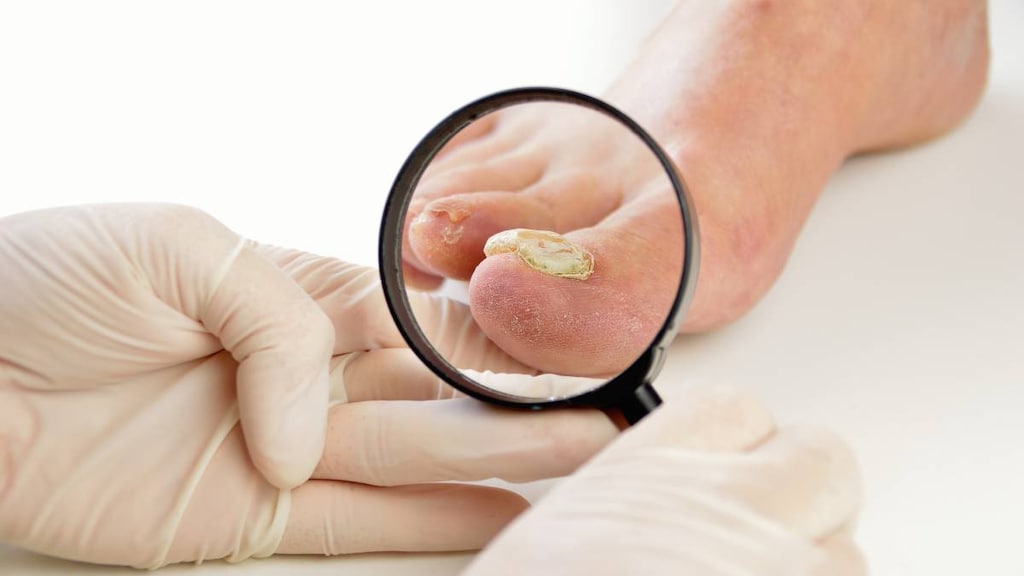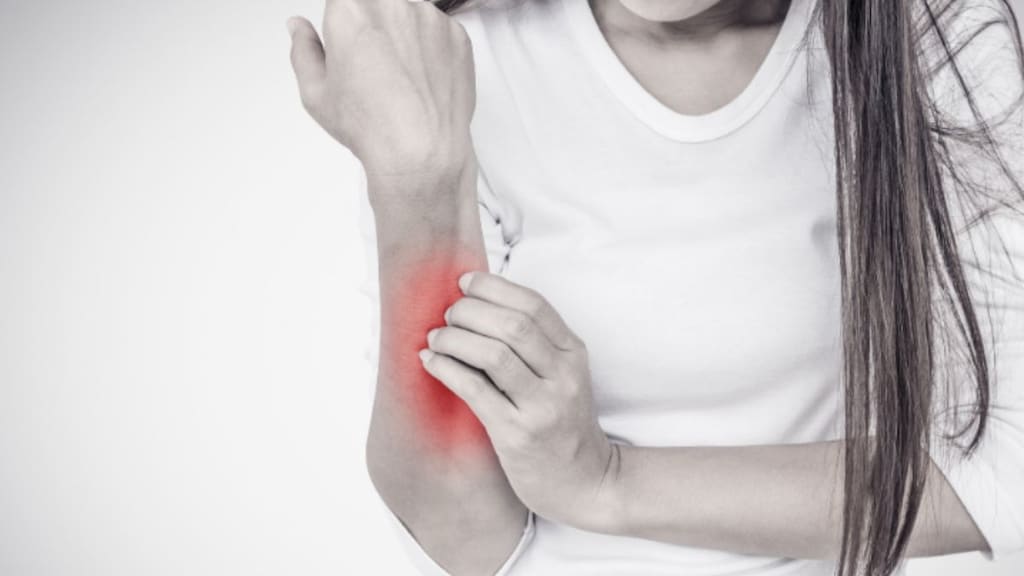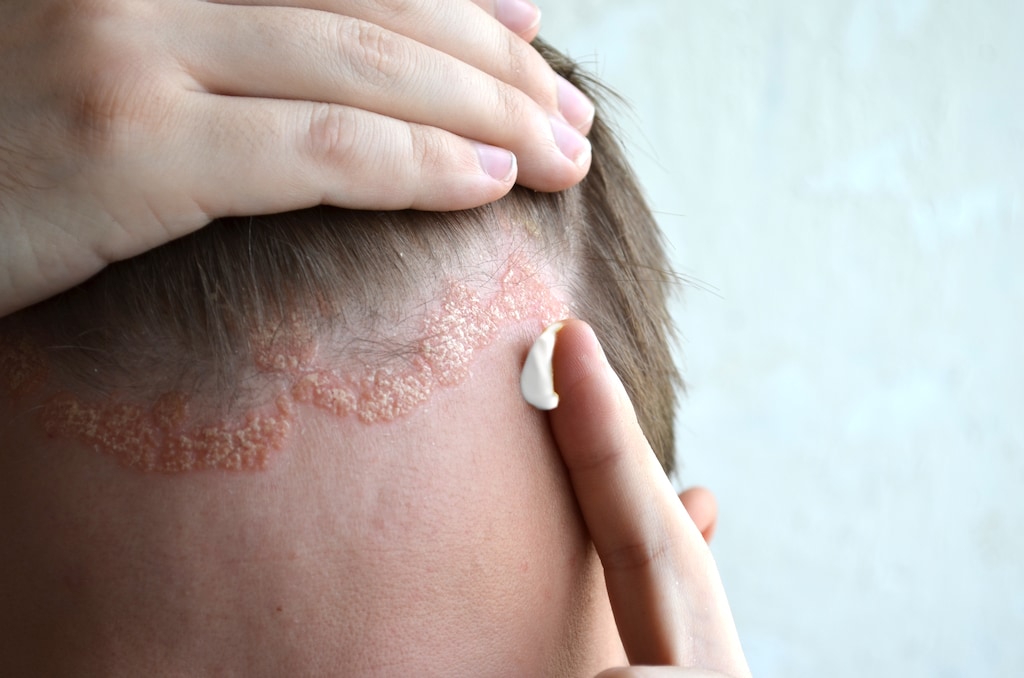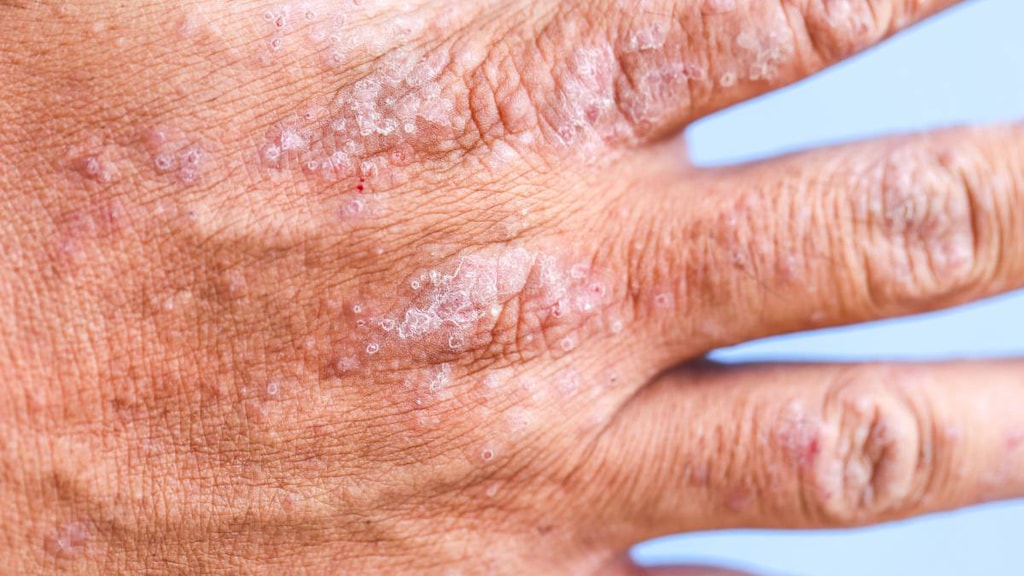What is Pandel?
Pandel is a prescription corticosteroid medicine used on the skin (topical) for the relief of inflammation and itching caused by certain skin conditions in people 18 years of age or older.
It is not known if Pandel is safe and effective in children.
What is the most important information I should know about Pandel?
Pandel is for use on skin only (topical). Avoid using Pandel near or around your eyes.
What should I tell my healthcare provider before using Pandel?
Before using Pandel tell your healthcare provider about all of your medical conditions, including if you:
- have adrenal gland problems
- have liver problems
- have diabetes
- have thinning skin (atrophy) at the site to be treated.
- are pregnant or plan to become pregnant. It is not known if Pandel will harm your unborn baby.
- are breastfeeding or plan to breastfeed. It is not known if Pandel can pass into your breast milk and harm your baby.
- If you breastfeed during treatment with Pandel, clean the treated area of skin on and near your breast, and your nipple before breastfeeding. This will help prevent contact of Pandel with your baby’s skin.
- You should use Pandel on the smallest area of skin and for the shortest time possible while breastfeeding.
Tell your healthcare provider about all the medicines you take, including prescription and over-the-counter medicines, vitamins, and herbal supplements.
How should I use Pandel?
- Use Pandel exactly as your healthcare provider tells you to use it.
- Apply a thin film to the affected skin area. Gently rub Pandel into your skin until it disappears.
- Tell your healthcare provider if your symptoms do not improve after 2 weeks of treatment.
- Do not bandage, cover, or wrap the treated area unless your healthcare provider tells you to.
- Do not apply Pandel in the diaper area or use with plastic pants.
- Do not use Pandel on your face, underarms (armpits) or groin areas unless your healthcare provider tells you to.
- Wash your hands after applying Pandel, unless your hands are being treated.
What are the possible side effects of Pandel?
Pandel may cause serious side effects, including:
- Pandel can pass through your skin and may cause adrenal gland problems. This is more likely to happen if you use Pandel for too long, use it over a large treatment area, use it with other topical medicines that contain corticosteroids, cover the treated area, or have liver failure. Your healthcare provider may do blood tests to check your adrenal gland function during and after treatment with Pandel.
- Skin problems, including skin reactions or thinning of your skin (atrophy), skin infections, and allergic reactions (allergic contact dermatitis) at the treatment site. Tell your healthcare provider if you get any skinreactions such as pain, tenderness, swelling, or healing problems.
The most common side effects of Pandel include burning and stinging and moderate tingling or prickling feeling.
These are not all the possible side effects with Pandel. Call your doctor for medical advice about side effects. You may report side effects to FDA at 1-800-FDA-1088.
General information about the safe and effective use of Pandel
Medicines are sometimes prescribed for purposes other than those listed in a Patient Information leaflet. Do not use Pandel for a condition for which it was not prescribed. Do not give Pandel to other people, even if they have the same symptoms you have. It may harm them. You can ask your pharmacist or healthcare provider for information about Pandel that is written for health professionals.
How should I store Pandel?
Store Pandel between 68°F to 77°F (20°C to 25°C).
Keep Pandel and all medicines out of the reach of children.
What are the ingredients in Pandel?
Active ingredient: hydrocortisone probutate
Inactive ingredients: propylene glycol, white petrolatum, light mineral oil, stearyl alcohol, polysorbate 60, sorbitan monostearate, glyceryl monostearate, PEG-20 stearate, glyceryl stearate SE, methylparaben, butylparaben, citric acid, sodium citrate anhydrous, and purified water.
For more information, go to www.pharmaderm.com or call 1-800-645-9833.




